Posted November 29th, 2012 at 12:40 am (UTC+0)
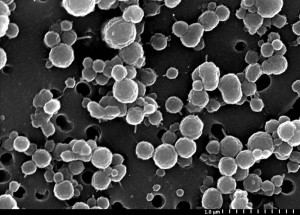
Scanning electron micrograph of very small and numerous bacterial cells inhabiting icy brine waters in Antarctica’s Lake Vida. (Photo: Christian H. Fritsen, Desert Research Institute)
Scientists say they have found ancient microbial life in dark and very salty water some 20 meters below the surface of a frozen and isolated Antarctic lake. The finding could provide scientists with insight into how life could possibly exist in the most extreme environments on Earth as well as elsewhere throughout the cosmos.
In a study recently published in the Proceedings of the National Academy of Science (PNAS) the researchers say they took the microbes from the Antarctic’s Lake Vida, which contains no oxygen but has the highest nitrous oxide levels found in any natural bodies of water on Earth. The scientists describe the icy environment in which the sample microbes were taken as a briny liquid, about six times saltier than normal seawater and with an average temperature of minus 13.5 degrees centigrade.
“This study provides a window into one of the most unique ecosystems on Earth,” said lead author Dr. Alison Murray from the Desert Research Institute (DRI) in Reno, Nevada. “Our knowledge of geochemical and microbial processes in lightless icy environments, especially at subzero temperatures, has been mostly unknown up until now. This work expands our understanding of the types of life that can survive in these isolated, cryoecosystems (ecosystems found in ice) and how different strategies may be used to exist in such challenging environments.”
Previous studies going back to 1996 show the Lake Vida brine and its microbial residents have had to do without outside resources that normally support life (i.e.: sunlight or oxygen) for more than 3,000 years. Despite what many would consider being an unlivable habitat, the researchers in this project found that the polar lake supports what they call a surprisingly diverse and large community of bacteria that can survive the harsh conditions.
To ensure that their samples and the microbe’s ecosystem weren’t affected or contaminated by human or other external influences, the researchers developed specialized equipment and a set of very strict procedures when they set out to retrieve them during expeditions to the Antarctic back in 2005 and 2010.

Members of the 2010 Lake Vida expedition team use a sidewinder drill inside a secure, sterile tent on the lake’s surface to collect samples for their research. (Photo: Desert Research Institute, Emanuele Kuhn)
Regarding the high levels of nitrous oxide that was found in the lakes salty water, the scientists say that geochemical analyses are suggesting that the N2O was generated by chemical reactions between the salty water and the lake’s iron-rich sediments. The chemical reaction also produced an amount of molecular hydrogen, which the researchers say may be what has been providing the energy that was needed to sustain the community of diverse microbial life.
“It’s plausible that a life-supporting energy source exists solely from the chemical reaction between anoxic salt water and the rock,” explained co-author Dr. Christian Fritsen, also from DRI.
“If that’s the case,” Murray said, “this gives us an entirely new framework for thinking of how life can be supported in cryoecosystems on earth and in other icy worlds of the universe.”
Murray said that the scientists involved with the project are continuing their research by analyzing the non-organic components, the chemical interactions between Lake Vida brine and sediment, and by using various methods of genome sequencing, and are learning more about their rare microbial find.
They also suggested the research and findings produced for this study could also provide some help to others who conduct investigations into possible cryoecosystems that might be found in the soil, sediments, wetlands, and other lakes that lie beneath the Antarctic ice sheet.




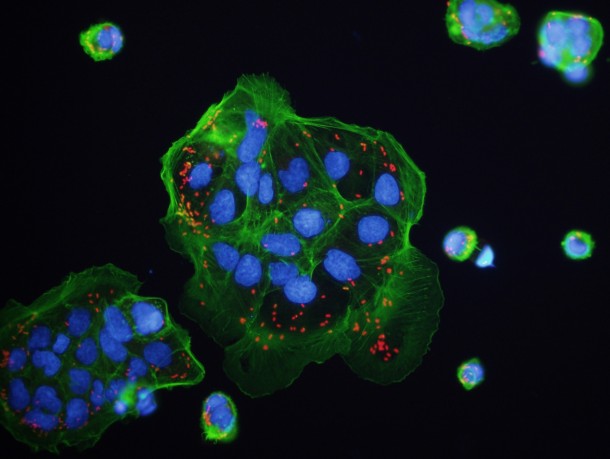
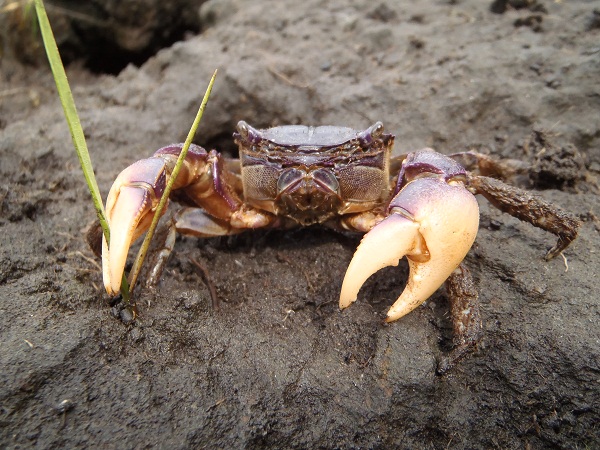


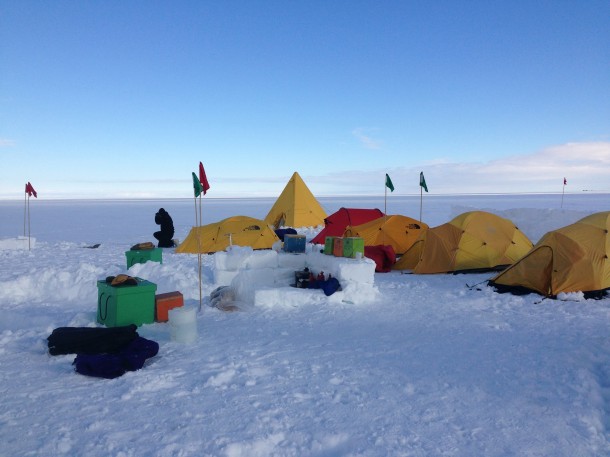






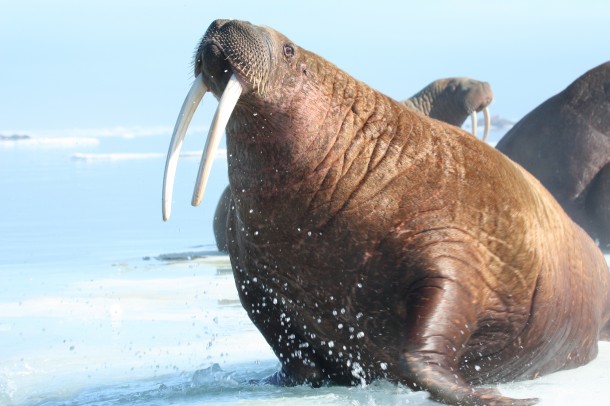
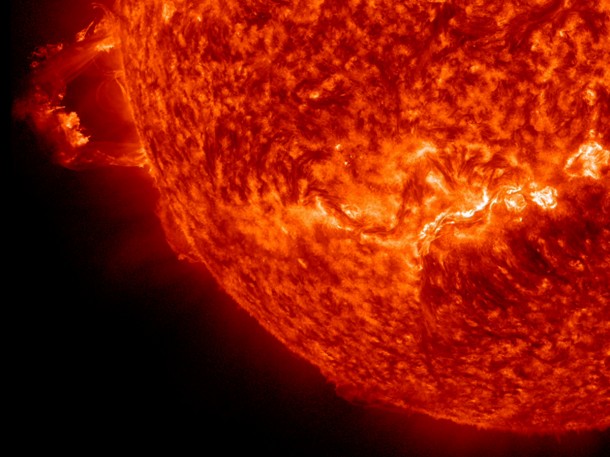




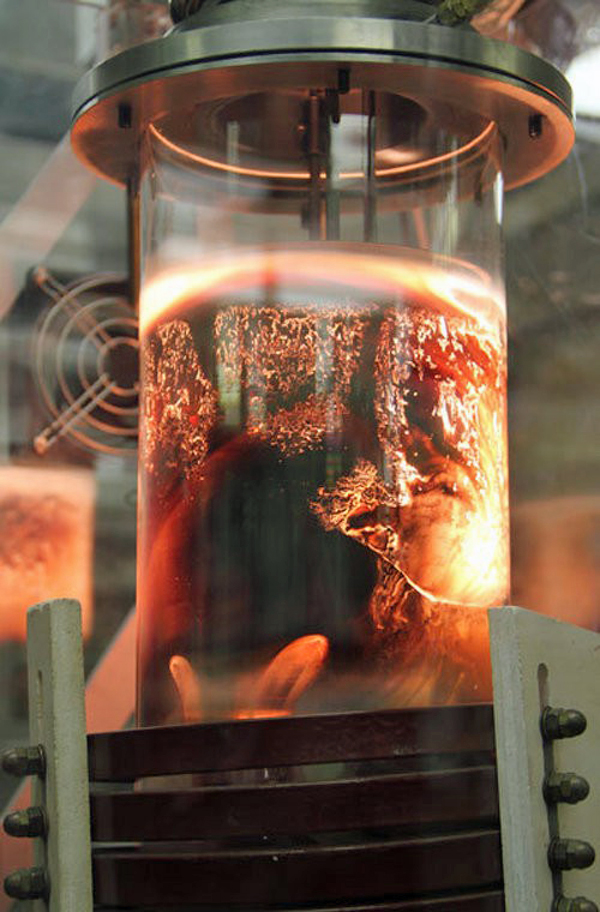
 Science World is VOA’s on-air and online magazine covering science, health, technology and the environment.
Science World is VOA’s on-air and online magazine covering science, health, technology and the environment.